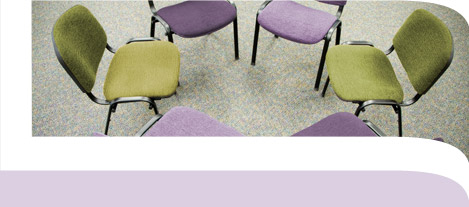empowering youth
Piloted in 2006 - 2007, Empowering Youth is a joint initiative between CERA and School District 43 to train and support students in the use of restorative justice principles. As an effective alternative to traditional discipline practices, restorative justice builds internal capacity within schools by equipping students with foundational life skills in conflict/dispute resolution and effective problem solving.
Through two locally designed curriculums (Talking Peace - designed for elementary students and Conversation Peace - designed for middle and secondary students), Empowering Youth equips students with skills in conflict resolution and empowers them to be actively involved in assisting fellow students in handling school conflicts in peaceful ways.
Students who serve as peer mediators are trained in the areas of understanding conflict, active listening, problem solving, appreciating diversity and strategies for managing difficult conversations. Once trained, student mediators work in pairs, under the supervision of a trained adult, to assist fellow students who are in conflict.
Students who have caused harm are given the opportunity to learn the impact of an offence on the victim, to take responsibility for their actions, and to assist in developing a strategy to help repair any harm that was caused. The restorative process provides opportunities for offenders to explain their actions and express remorse directly to those who have been harmed.
Students who have been harmed are given a voice to their experience, by being given the opportunity to share what harm was incurred by the incident. Those harmed are able to ask the questions necessary to forward their own healing and to work out a fair response directly with the person who caused harm. Subsequently, those harmed normally feel validated and most often receive an apology for what happened.
By empowering youth to address their own issues, administration and staff are more accessible to deal with serious issues. When students are equipped to restore relationships affected by conflict schools become safer and more peaceful learning environments for all members, which in turn creates safer communities in which those schools are located.



